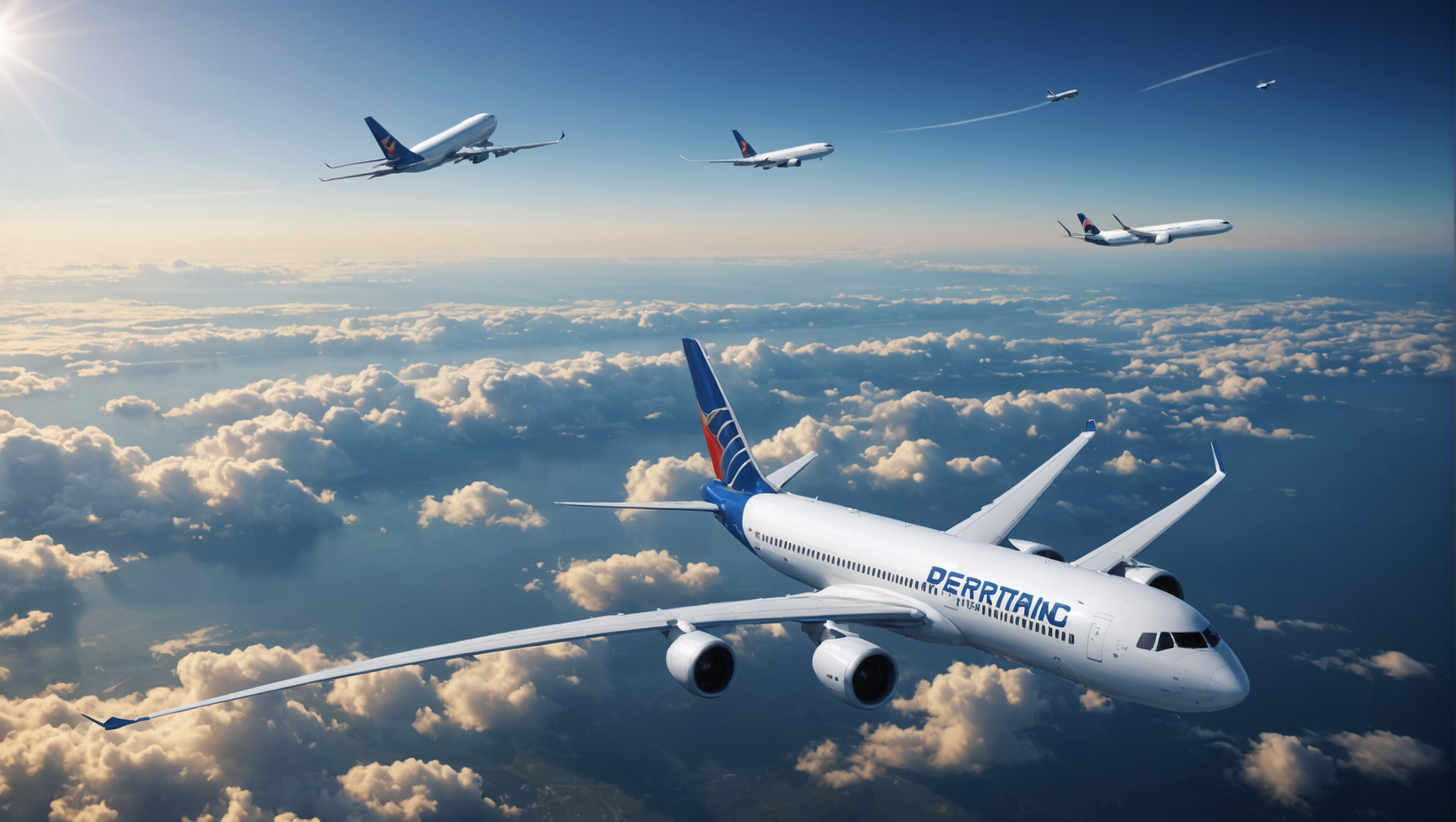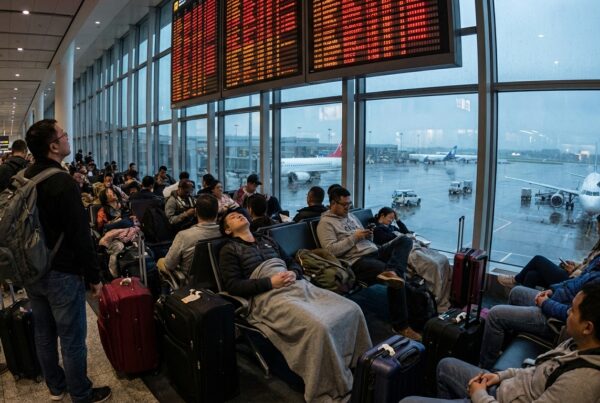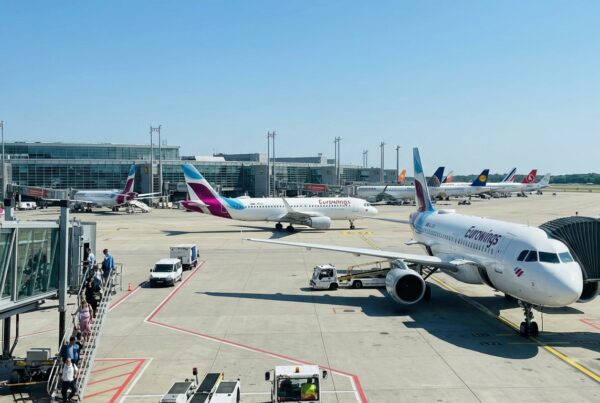When it comes to aviation, flight time is an essential factor in ensuring punctuality and passenger satisfaction. Many factors can influence flight duration, from distance to weather conditions, aircraft type and air traffic management. Understanding these different parameters is crucial to optimizing routes and guaranteeing efficient, pleasant air travel.

When it comes to planning a plane trip, the flight duration is a key element to take into account. Contrary to popular belief, many variables come into play, making each flight unique. But what are these factors?
Distance to go
Visit distance between departure and arrival airports is obviously the primary factor influencing flight duration. The greater the distance, the longer the flight time. For example, a flight between Paris and New York generally takes around seven to eight hours, due to the transatlantic distance involved.
Weather conditions
Visit weather conditions also play a major role. Severe turbulence, headwinds or storms can not only prolong the flight, but also make it more demanding. It is essential for pilots to take detours to avoid areas of bad weather, which increases the duration of the flight.
The prevailing winds
Visit prevailing winds can speed up or slow down a flight. A flight benefiting from tailwinds may move faster and shorten its duration, while headwinds may prolong the flight. Transatlantic routes, such as those between Europe and North America, are particularly influenced by jet streams.
Air routes
Visit air routes prescribed by air traffic controllers also have an impact. These routes don't always follow a straight line between two points. They have to avoid high-risk areas, meet safety requirements or comply with international agreements, all of which can lengthen the flight.
Air Traffic
Visit air traffic is another important factor. Aircraft often have to wait their turn to take off or land, especially at major international airports. During busy periods, these delays can add considerably to overall flight times.
Les Escales and Correspondances
Visit stopovers and connections can extend the total duration of a trip. Even if the duration of each flight remains unchanged, the time spent on the ground between two flights must be taken into account. Stopovers often allow passengers to rest or visit a new city, but they can also make the journey longer.
Strikes and disruptions
Strikestechnical problems, or any other disruption can also have a significant impact. For example, a airport strike can lead to delays or cancellations, making flight times largely unpredictable.
Aircraft features
Finally, the aircraft specifications such as cruising speed and fuel efficiency, can influence flight times. Some modern aircraft benefit from improved performance, enabling faster, more economical flights in terms of time and fuel.
Summary of factors in HTML table
| Factors | Impact on duration |
| Distance | Directly proportional |
| Weather conditions | Delay or acceleration |
| Prevailing winds | Delay or acceleration |
| Air routes | Distance variation |
| Air traffic | Delays at departure or arrival |
| Stopovers | Extended travel time |
| Strikes and disruptions | Delays and cancellations |
| Aircraft features | Time optimization |
A thorough understanding of these variables is therefore essential for those seeking to optimize their air travel. Each of these factors, whether predicted or unforeseen, contributes significantly to the duration of each flight.




